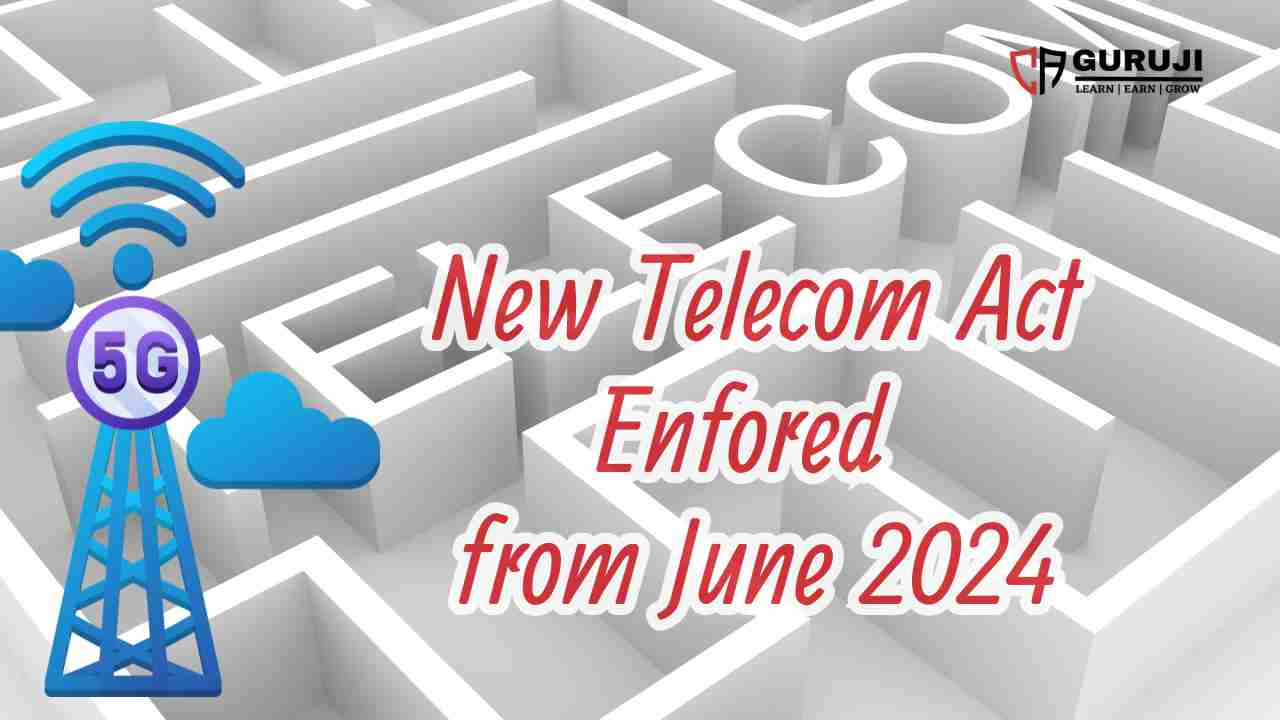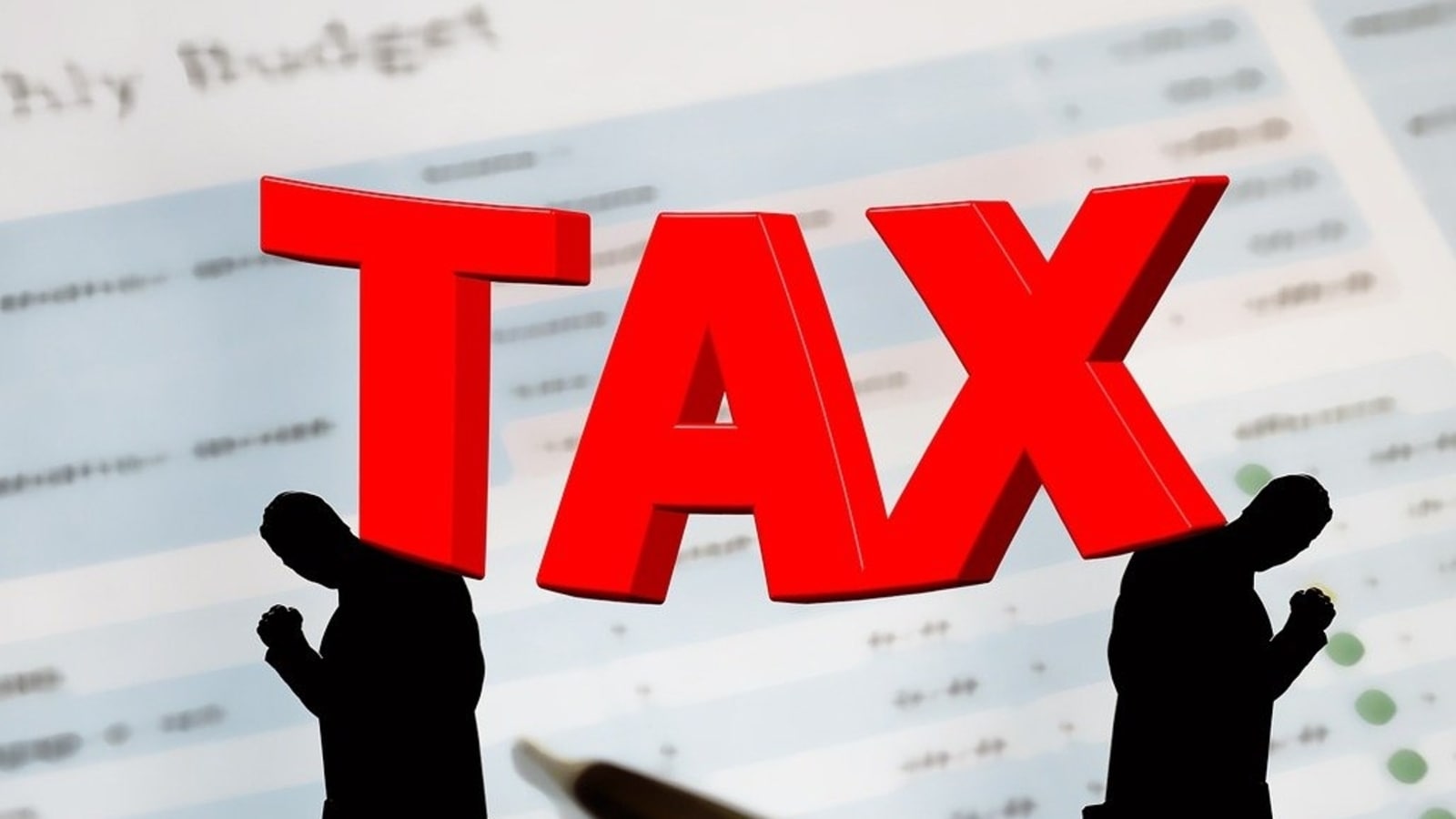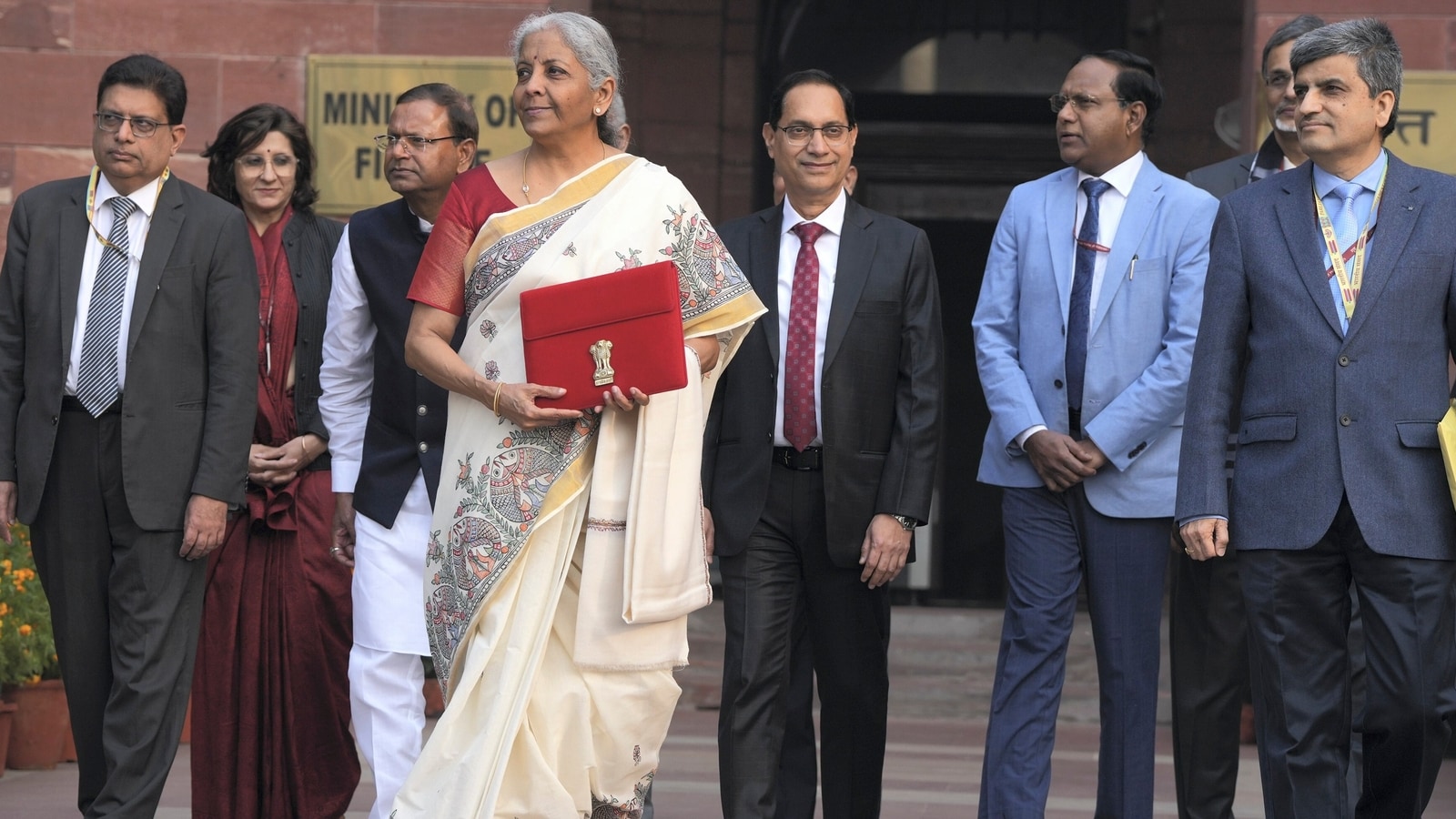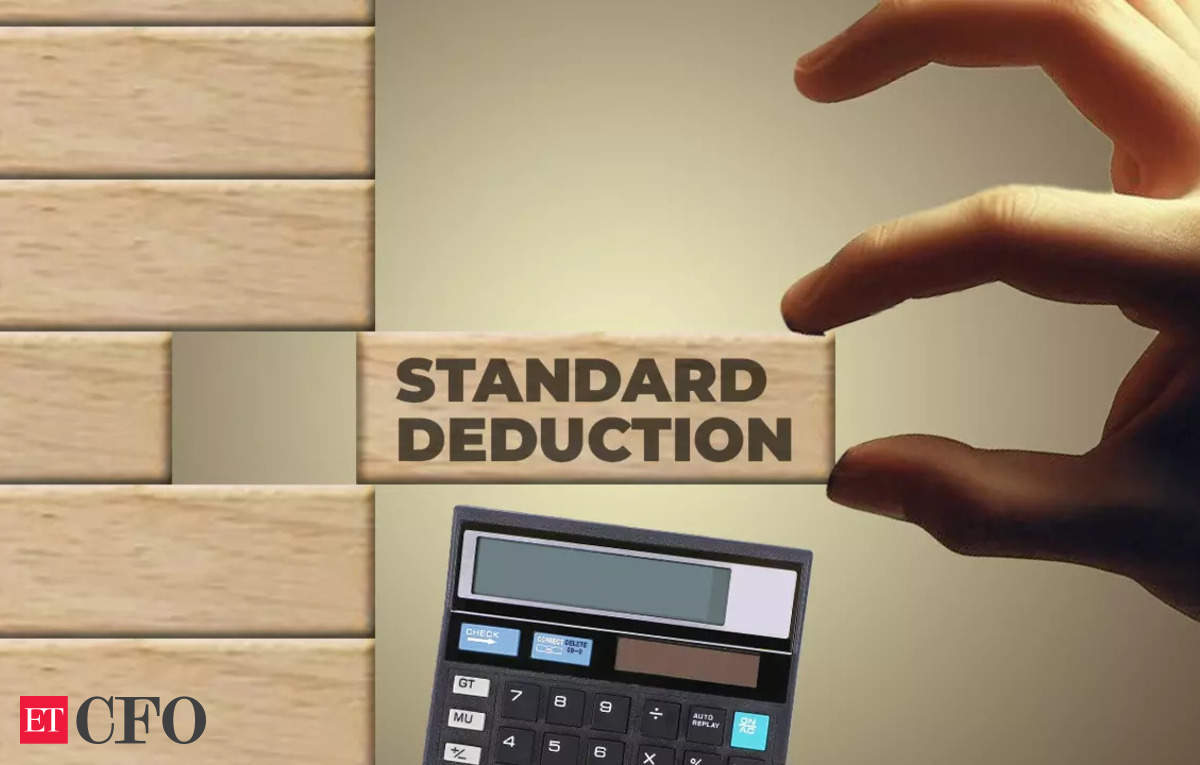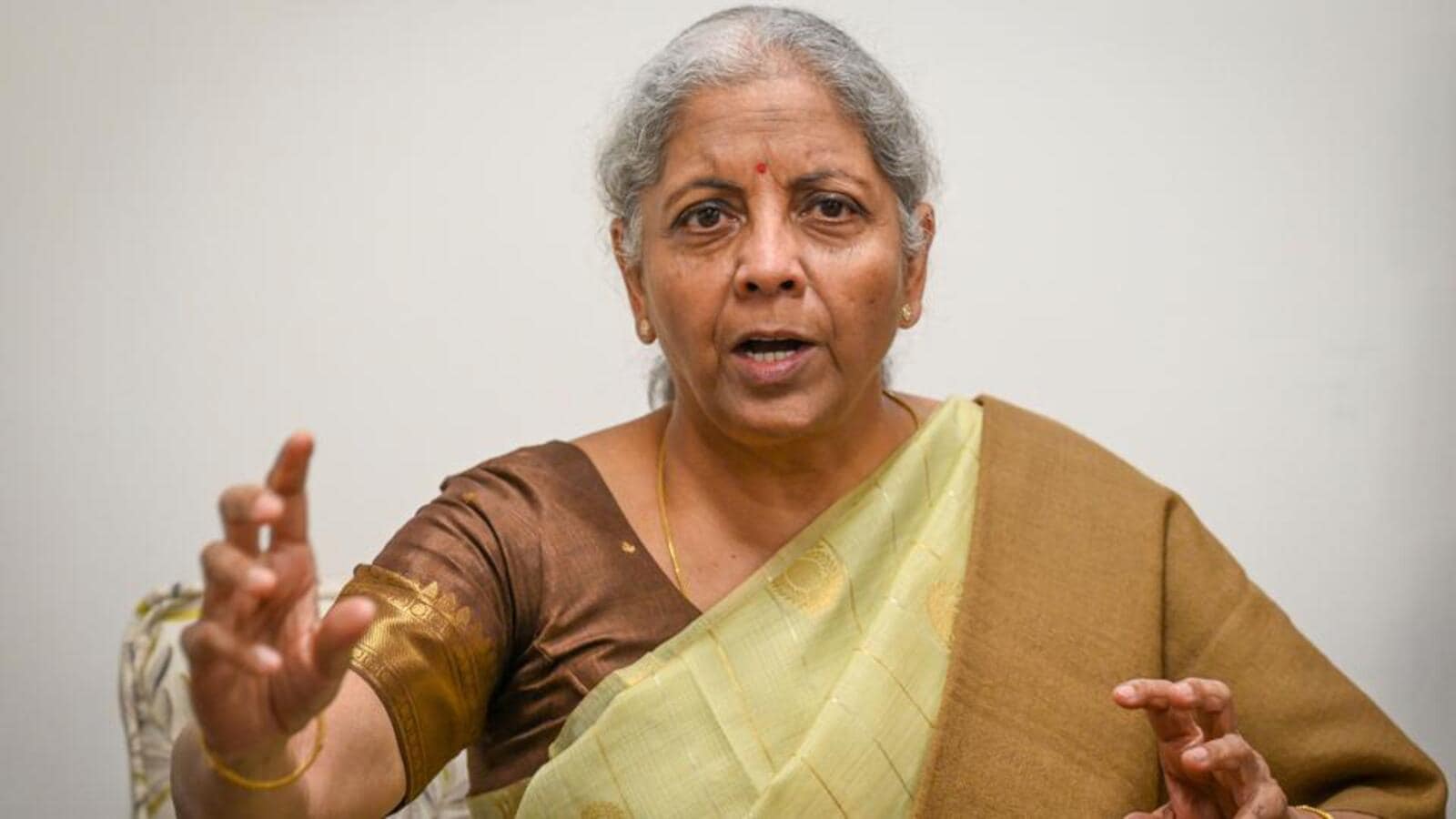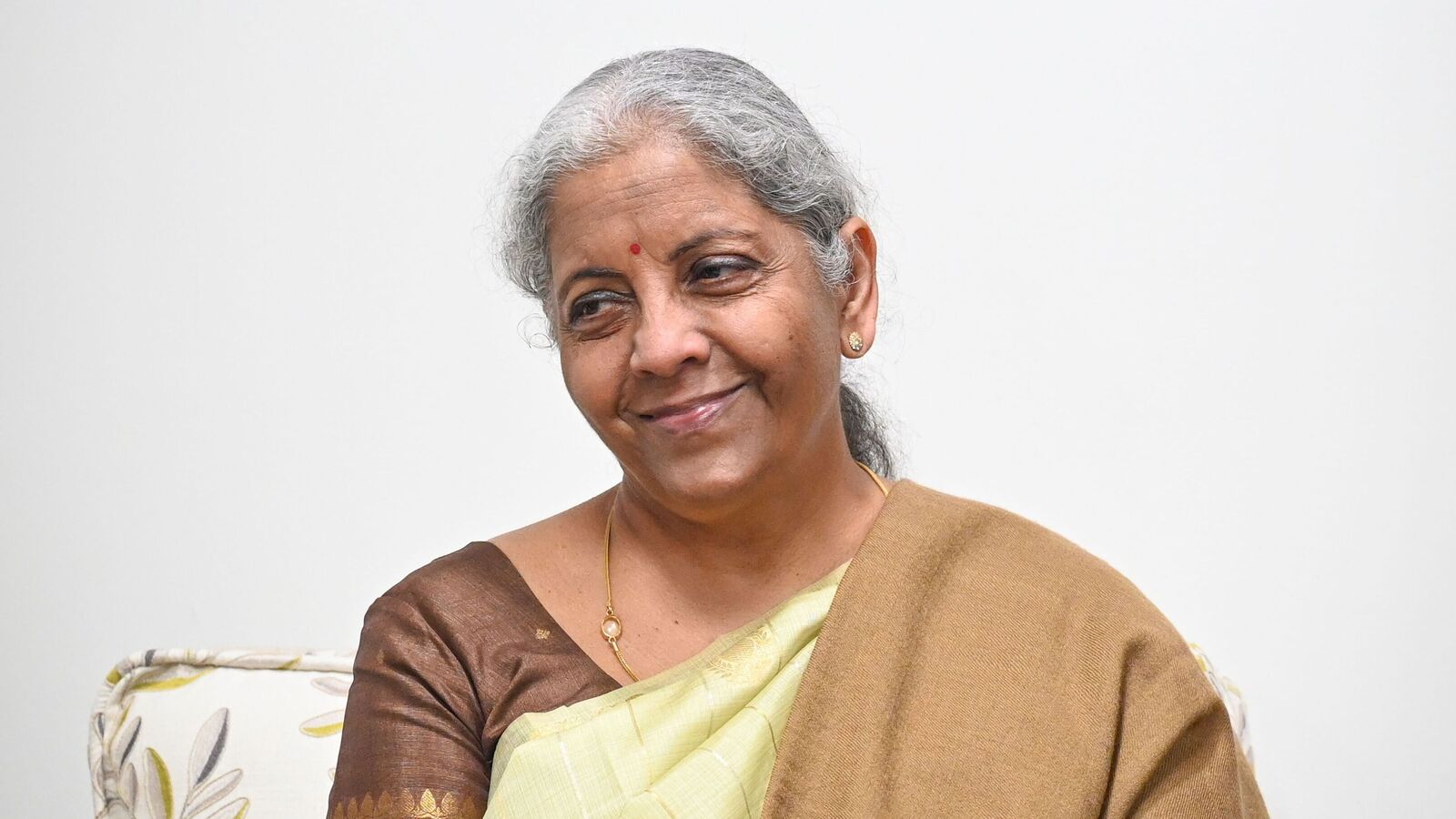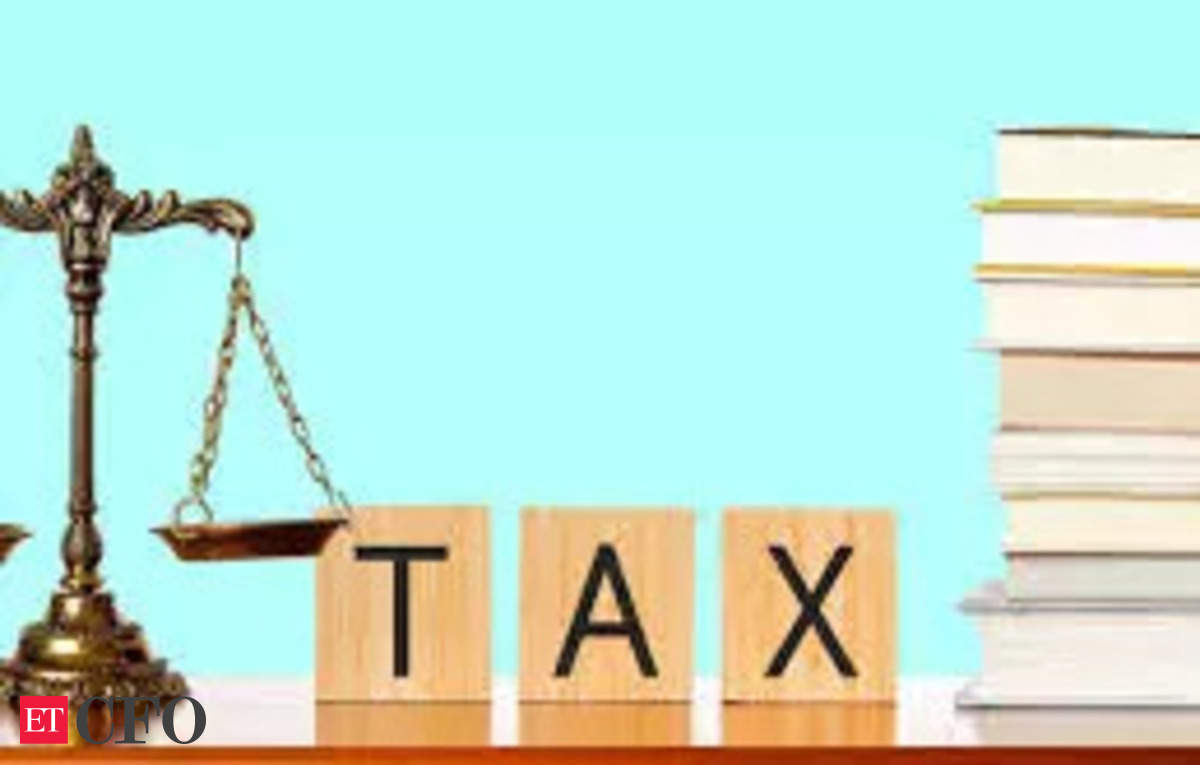On June 21, 2024, the Union Government issued a Gazette Notification enforcing various sections of the Telecommunications Act, 2023, marking a historic shift from the century-old colonial laws to a modern regulatory framework. These changes will take effect from June 26, 2024, setting the stage for an inclusive, secure, and growth-oriented telecommunication landscape in India.
Historic Shift: Replacing Century-Old Colonial Laws
The Telecommunications Act, 2023, aims to amend and consolidate the laws relating to the development, expansion, and operation of telecommunication services and networks. It also addresses the assignment of spectrum and related matters. This Act repeals the Indian Telegraph Act, 1885, and the Indian Wireless Telegraph Act, 1933, in light of the significant technological advancements in the telecom sector.
Pillars of Progress: Samavesh, Suraksha, Vriddhi, and Tvarit
Guided by the principles of Samavesh (Inclusion), Suraksha (Security), Vriddhi (Growth), and Tvarit (Responsiveness), the Act aims to realize the vision of Viksit Bharat (Developed India). Passed by Parliament in December 2023, the Act received the President’s assent on December 24, 2023, and was published in the official Gazette the same day.
Salient Features of the Enforced Sections
Definitions: The Act clearly defines various terminologies related to its implementation, thereby reducing uncertainties, improving investor confidence, and enhancing ease of doing business.
RoW Framework: The Act provides an effective Right of Way (RoW) framework for public and private property. The definition of public entities has been broadened to include government agencies, local bodies, and PPP projects like airports, seaports, and highways. Public entities are obligated to provide RoW except in special circumstances, with fees subject to a ceiling. The RoW framework for private property is based on mutual agreement, ensuring non-discriminatory and, as far as practicable, non-exclusive access. Telecommunication infrastructure is distinct from the property it is installed on, reducing disputes when property is sold or leased.
Common Ducts: Aligning with the PM Gati Shakti vision, the law provides for the Central Government to establish common ducts and cable corridors.
Telecommunication Standards: To ensure national security and promote Indian technology developers, the Act lays down powers to set standards and conformity assessment measures for telecommunication services, networks, and security.
National Security and Public Safety: The Act includes strong provisions for necessary measures to ensure national security and public safety.
Inclusive Service Delivery, Innovation, and Technology Development: The Act expands the
scope of the Universal Service Obligation Fund to support universal services in underserved rural, remote, and urban areas, and to fund research and development of telecommunication services, technologies, products, and pilot projects. It also establishes a legal framework for a Regulatory Sandbox to facilitate innovation and the deployment of new technologies.
Protection of Users: Recognizing the potential for misuse of telecommunication services, the Act includes measures to protect users from unsolicited commercial communications and establishes a grievance redressal mechanism.
Digital by Design: The Act emphasizes digital implementation, introducing online dispute resolution and other digital frameworks to enhance efficiency and accessibility.
To ensure a smooth transition, the notification also enforces sections 61 and 62, which allow for the continuation of the existing framework until new rules are established under the new law. This approach ensures a conducive and business-friendly environment for the telecom sector during the transition period.
In conclusion, the Telecommunications Act, 2023, represents a significant step towards modernizing India’s telecommunication laws, fostering growth, ensuring security, and promoting inclusivity and responsiveness. This new era of connectivity aims to drive India towards its vision of becoming a developed nation.
Visit www.cagurujiclasses.com for practical courses
